Advnture Verdict
Beautifully designed and presented, with excellent audio quality at first blast, the Acefit TWS earbuds from Chinese teach brand Acefast work brilliantly when you first set off for a run. However, the operating system is so sensitive it’s almost impossible to toggle through tracks or switch modes while in motion, and the level of waterproofing is so low that they glitch when you work up a sweat, let alone encounter any rain.
Pros
- +
Great audio quality
- +
Comfortable & well balanced
- +
Stay in place well
- +
Open-ear design allows you to hear peripheral sounds
- +
Microphone works well when making calls
- +
Easy one-step pairing
- +
Cool and compact storage/recharging box
Cons
- -
Low level of water/sweat resistance
- -
Durability concerns
- -
Operating system fiddly to use while running
- -
Audio impacted by winds
You can trust Advnture
Although a rather reluctant convert to music-assisted exercise (as someone who leans heavily towards trail terrain over road conditions, I like to hear the sounds of the woods and wildlife around me), I have been testing numerous models of running headphones and air pods recently.
List price: $79.99 (US) / £79.99 (UK)
Weight (2 x ear pieces only): 15g
Weight (in box): 57g
Battery life: 25 hours (with case) / circa 6 hours (without case)
Charging time: 2 hours
Connection: Wireless (Bluetooth v5.4, SBC & AAC)
Bluetooth range: 10 meters
Noise cancellation: Not specified
Colors: Black/White
Dust and Waterproof rating: IP54
It’s an increasingly busy and competitive category, and there are at least five different types of running ear pods and headphones for runners to mull over, but for people like me, who don’t want to shut the outside world out altogether, open-ear designs are a good option – especially models that allow you to pause tracks and lower the volume when you enter an interesting part of a route. Earbuds that allow peripheral sounds to come through are also safer for people who run on roads, and they are more likely to be permitted during organised events, whereas other models are often banned by race organisers.
Since they promise exactly this kind of functionality, I was looking forward to testing out the AceFit Earbuds from AceFast.
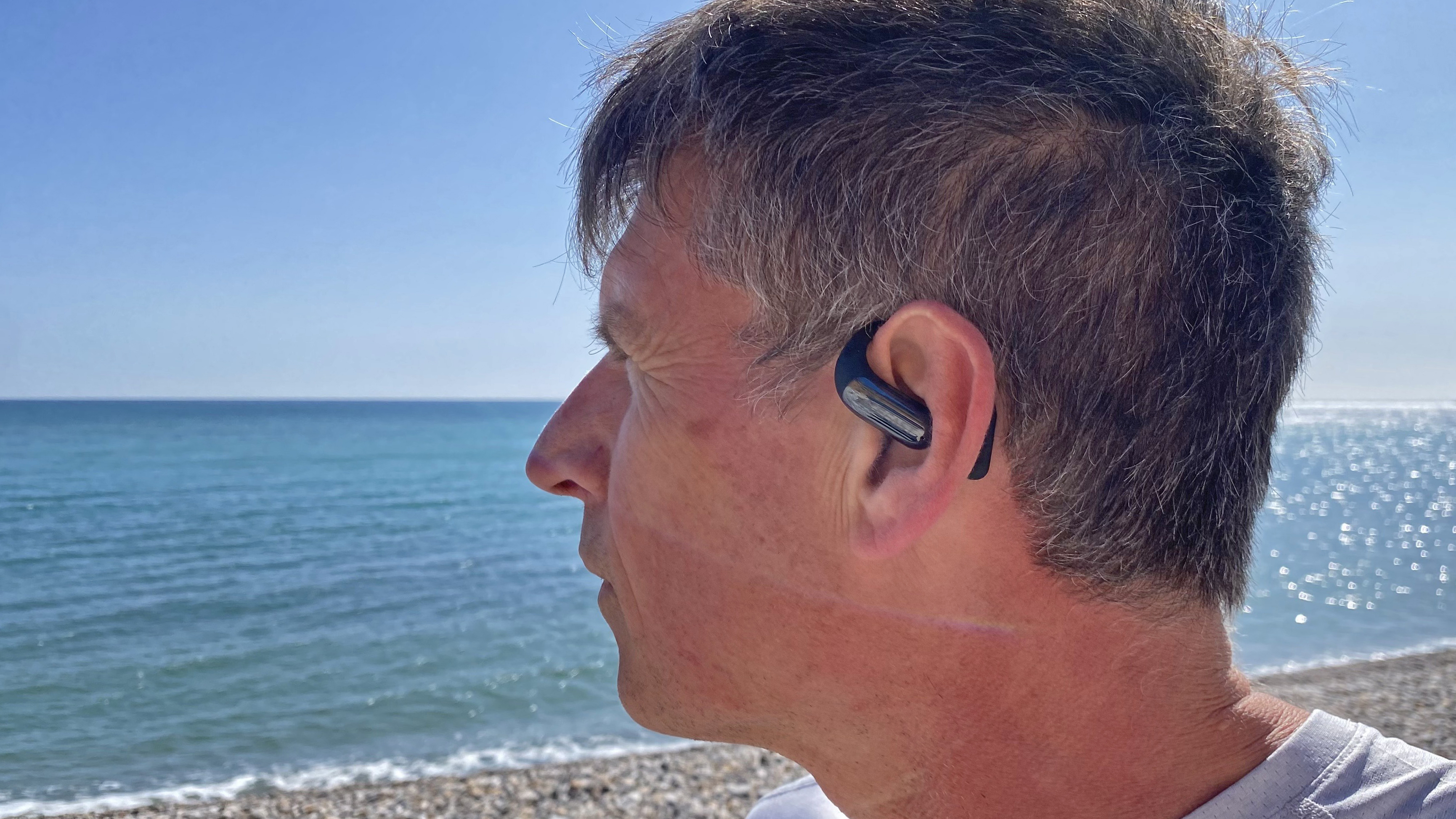
Design and features
The Acefit earbuds arrive in an impressive-looking, beautifully designed package, reminiscent of a high-end Apple Mac product. The good looks and smart presentation carry through to the storage and charging case, which is shaped like a perfect skimming pebble, opens like a clam and fits snuggly in the palm of your hand (or, more, importantly, in the pocket of your running shorts, jacket or hydration pack).
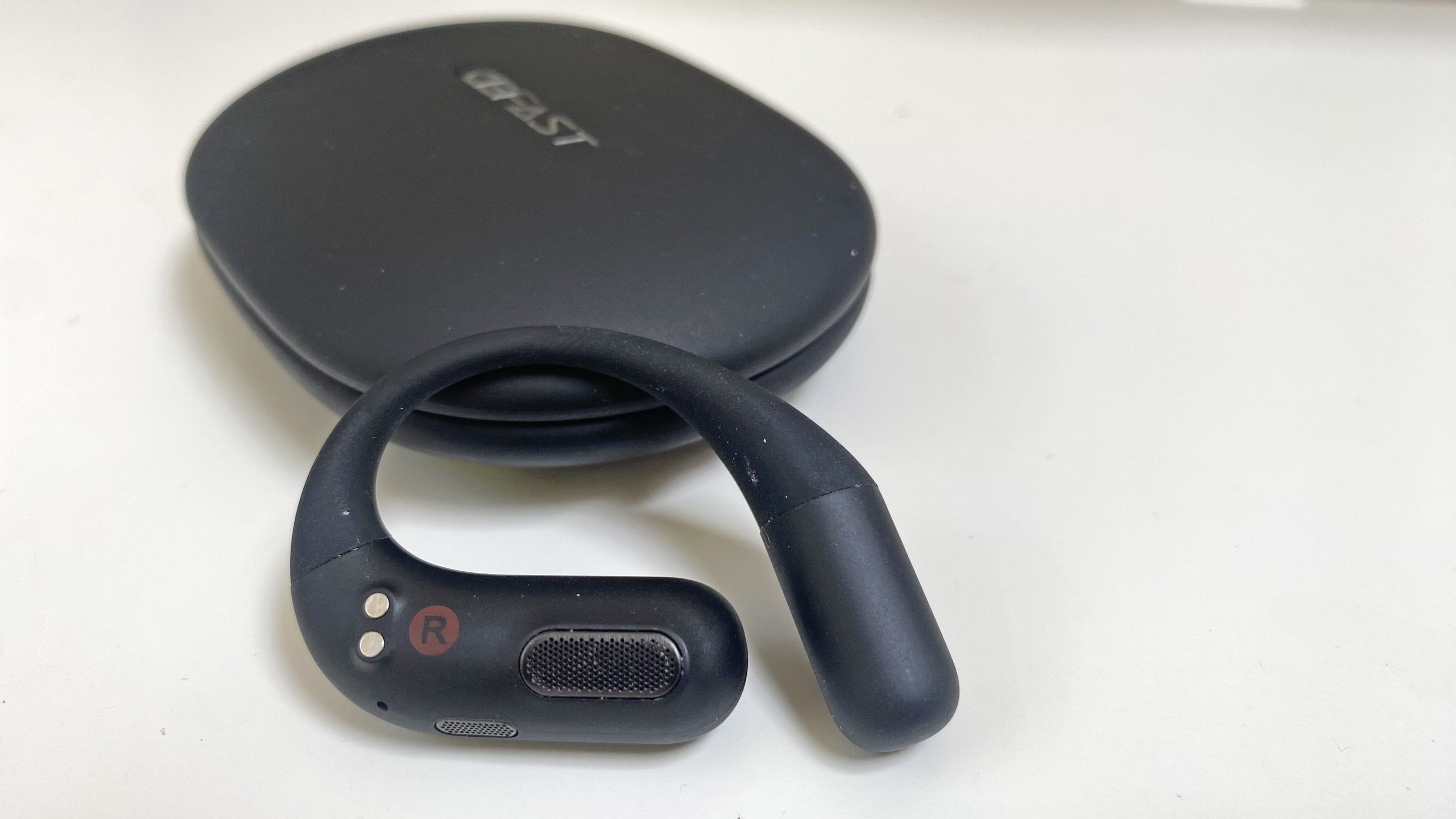
Although this storage/charging case is aesthetically pleasing and easy to carry, there are two downsides to it: there’s no visual indication that the system is charging (the Acefast logo doesn’t even illuminate) or how much charge it has. Even more weirdly, the socket is on the bottom of the case, so you end up with it upside down (no big deal, just a bit odd).
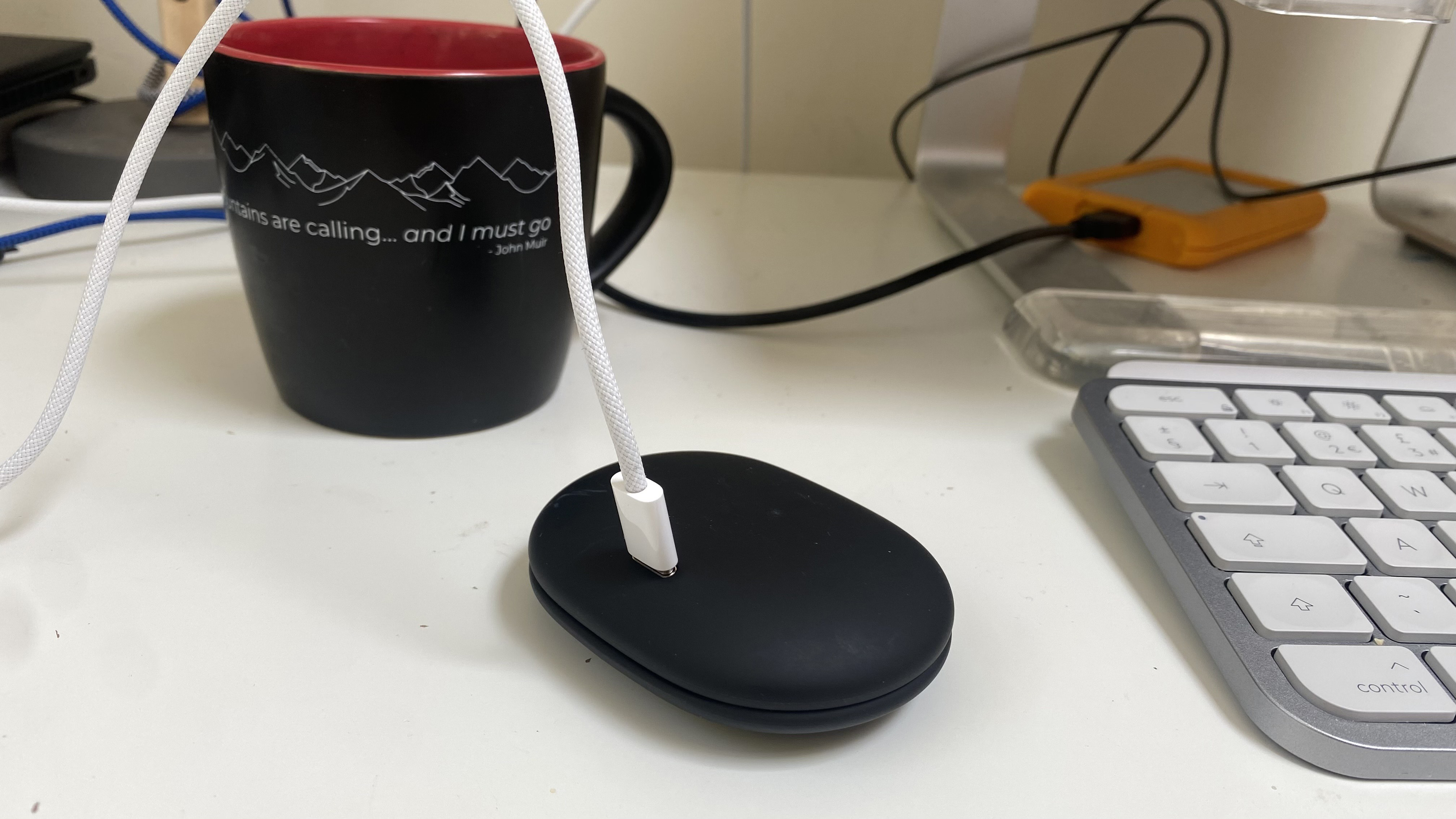
Inside the case are the left/right-specific earbuds, which hook around your ear so the speaker sits on your tragus, right at the entry to your ear canal. This conducts audio into your ear without blocking out surround sounds. The microphone is located on the bottom of the bud, so it can easily pick up your voice during phone calls and when using voice commands. A rounded counterweight sits at the opposite end to the speaker, balancing the bud and keeping it in place during exercise.
Connectivity and sound
The Acefit earbuds automatically connect with your phone (or other Bluetooth-equipped device) via BT V5.4 as soon as you liberate them from the case. Once you have them in position, you’re able to adjust the volume, skip through tracks, pause the sound or activate voice control by tapping the main part of the bud once, twice, three times or keeping your finger in place for a couple of seconds.
All the latest inspiration, tips and guides to help you plan your next Advnture!
These actions are preset (and sensibly mirror one another – so tap the right ear to increase the volume, tap the left to decrease it) but if you download the app it allows you to change and customise the controls. Likewise, you can fiddle around with the audio levels here, lowering or increasing the bass levels for example, or setting a bespoke sound with the Custom EQ tab (which has an impressive 8 sliders to tweak).
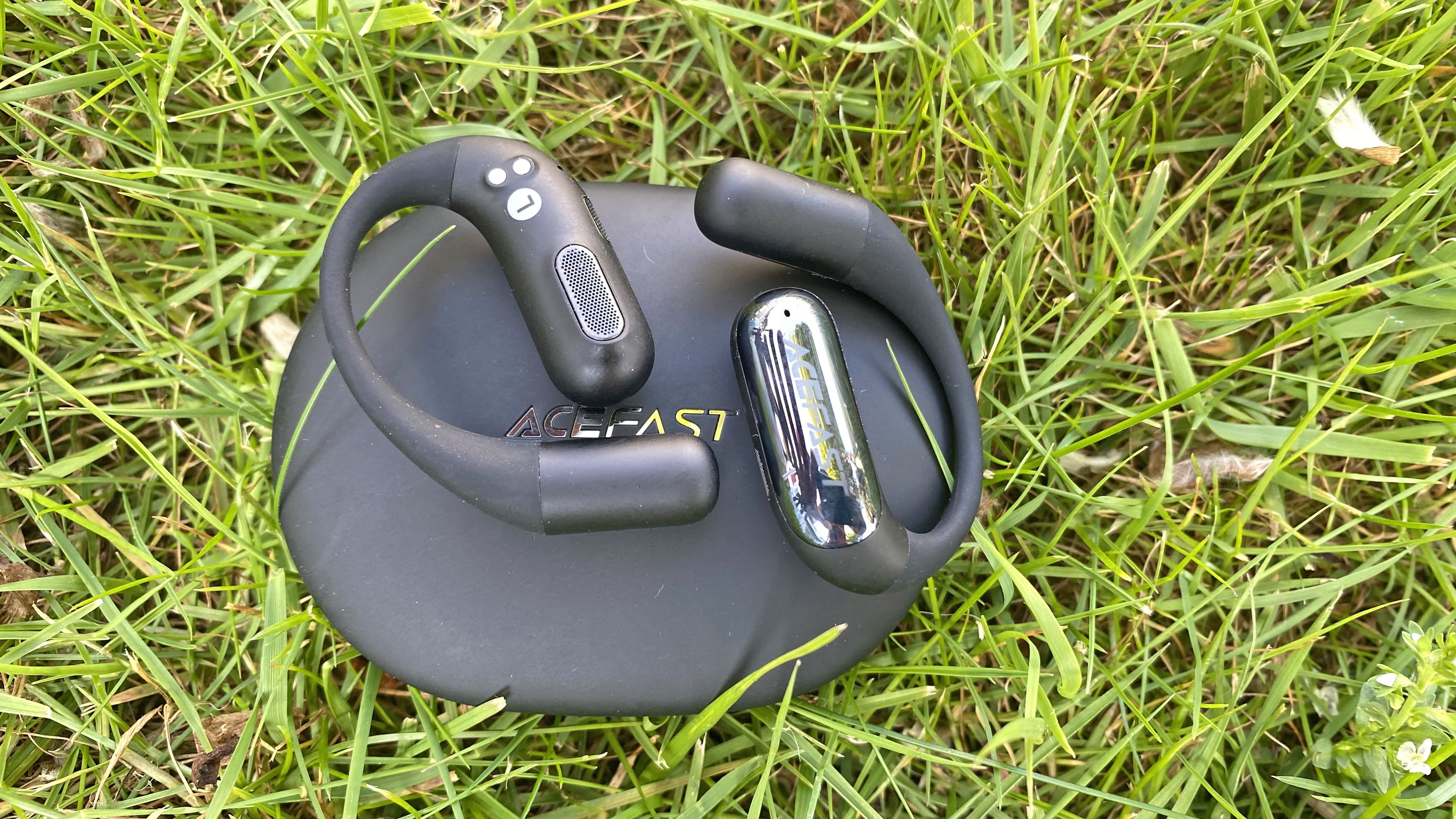
On the trails
Of course, the only way to properly assess the performance of headphones and earpods intended for outdoor use is to strap on a pair of running shoes and hit the trails while soundtracking the adventure. And that’s what I’ve been doing for the last couple of months, running with the Acefits in various kinds of conditions, including wind and light rain.
The system is impressively light and comfortable to wear. The ear hooks are constructed from aviation-grade titanium wire, and the counterweight achieves a snug and secure fit, without the need for stabilizers. I found the buds stayed perfectly in place even when I was running over very rough terrain with obstacles to vault and jump over.
The battery life is reasonable (you get between five and six hours of tunes or talking time from the buds alone, or up to 25 hours if you take the case with you). I was impressed with the audio quality too, and the level of customization offered by the app (although the software, which looks quite intuitive to use, proved more problematic than promised when I did attempt to make changes).
Likewise, while I was able to use the tap-activated controls easily when sat at my desk, out on the trails it was a different story. To perform a clean tap in the right place while running takes a bit of practise, and because the control button is on the same part of the unit as the speaker, which hovers over your ear canal, it often just bounces rather than registering the tap and doing what you want it to.
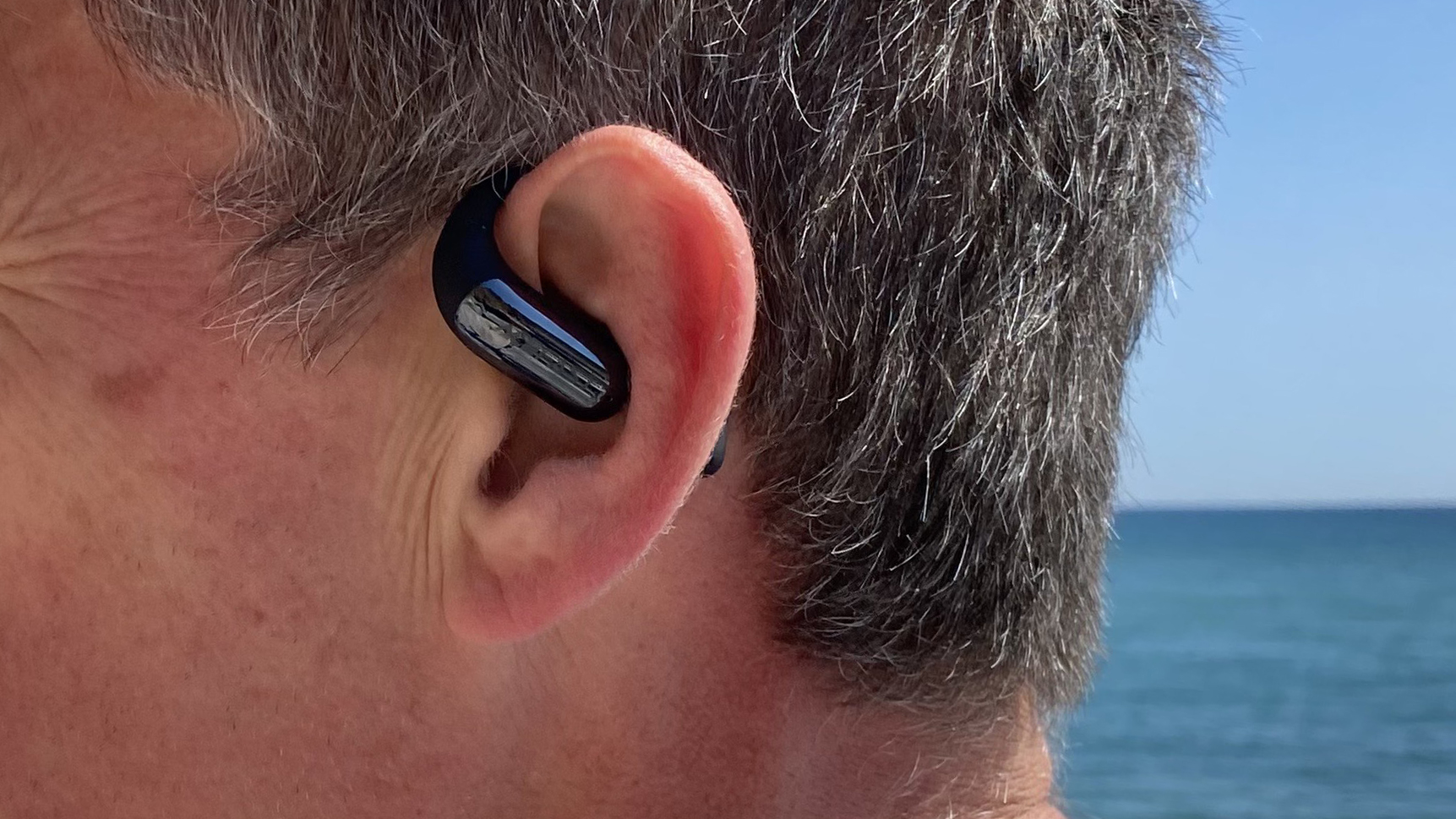
Nevertheless, the sound was good, while it lasted… And here is the major problem. After three or four runs, the speakers on the Acefit earbuds I was testing started to crackle and glitch, before eventually giving up the ghost altogether. Acefit quote an ingress rating of IP54 for these earbuds, which means they should at least be able to cope with liquids being splashed on them, but in my experience the glitching started when I started to perspire and gradually got worse. It also once happened right at the start of a run, when gentle rain began falling. So, I can only conclude that moisture is what is causing the problem.
So far the fault has only been temporary. It means I have to relegate the buds to my pocket and rely on the sounds of the birds to inspire me onwards, but once I get home, wipe them off and send them for a little lie down in their case, they start working again. But still, this should clearly not be happening with a piece of kit supposedly designed for use during exercise (I know I’m a salty sweater, but come on…). It’s especially disappointing since these are not cheap earbuds. I have recently tested two other sets of running headphones/earbuds with the same IP rating, and they have worked fine, even in the rain.
As such, sadly I can’t recommend these earbuds for runners. They might suit non-sweaty hikers better.
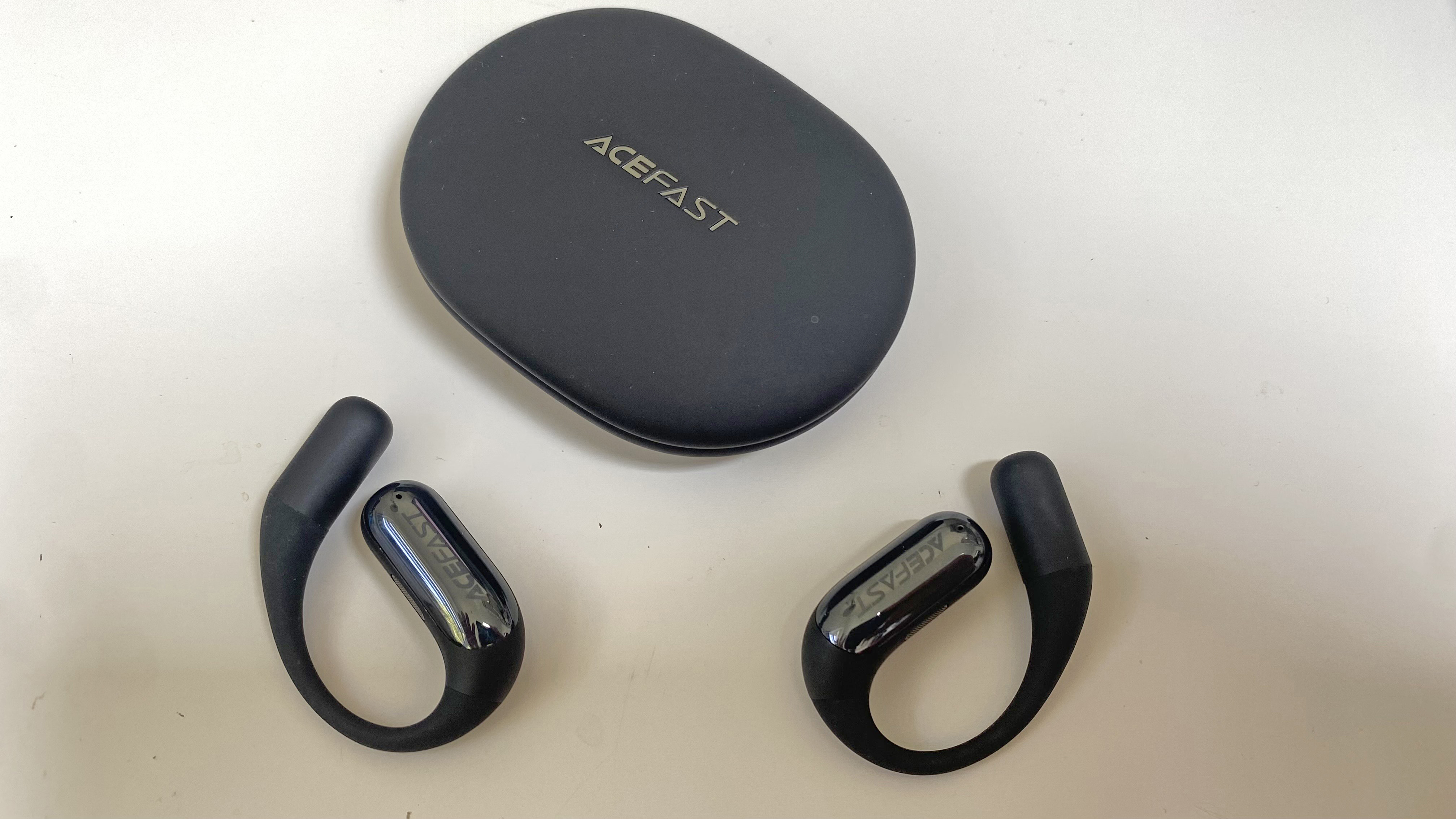
Also consider
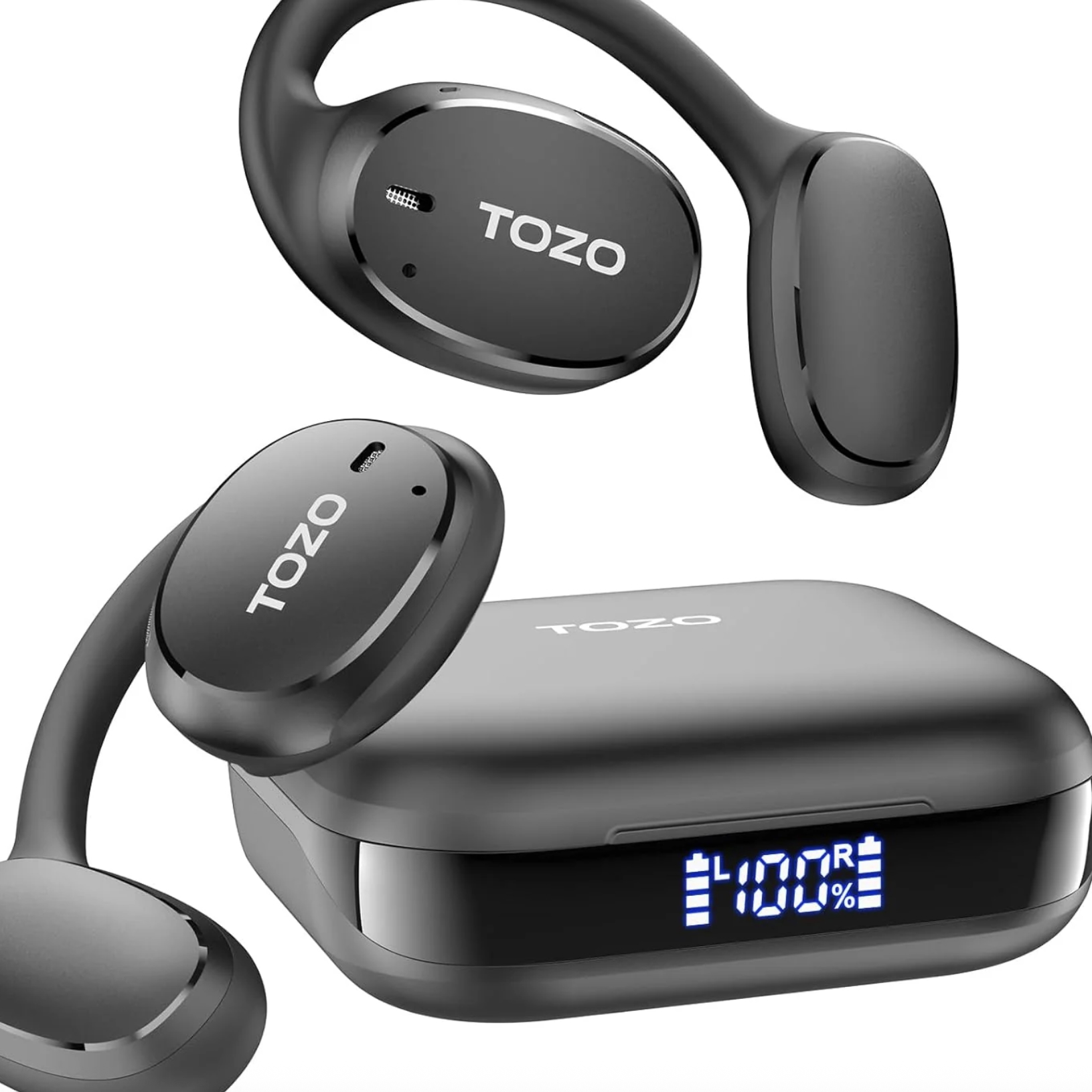
Featuring a similar design, the OpenEgo earbuds have an IP rating of IPX4 (the same level of water resistance as the Acefit), but so far they haven’t glitched in damp weather or when my head starts to sweat. Available for a cheaper price, they also boast better battery life and they’re still extremely light. On the downside, the ear hook isn’t as good, and you need to wear stabilizers to keep them secure while running on technical terrain.
Pros
- Excellent audio quality
- Microphone works well when making calls
- Comes with stabilizers
- Great price
- Easy one-step pairing with Bluetooth 5.3 tech
- Long battery life
- Compact storage/recharging box
Cons
- Requires addition of stabilizers (included) to avoid bouncing
- Less waterproof than some models
- Smart Touch operating system is temperamental
- Audio impacted by headwinds
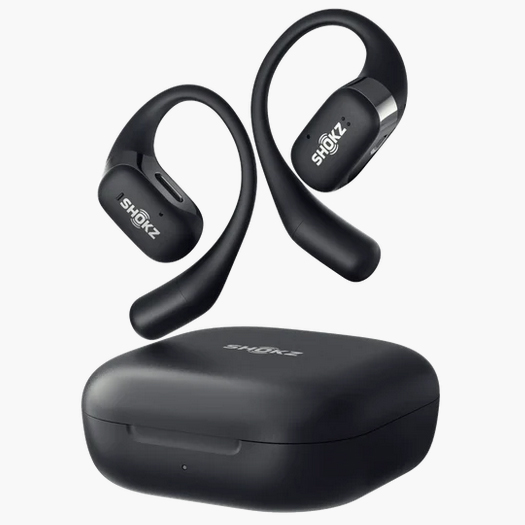
If you’re working with a bigger budget, Shokz OpenFit headphones are hard to top. They’re considerably more expensive than the Acefit and the OpenEgos put together, but the build quality and audio is excellent, and despite having an ingress rating of IP54 they don’t die as soon you get a sweat on (they feature a double-layer waterproof steel mesh and gauze for additional protection). They’re light, and the battery life is in the same ballpark as the others, but you’re paying for durability.
Pros
- Much lighter than OpenRun Pro headset at 8.3g each
- Rich, detailed sound
- Excellent bass
- Long battery life supplemented by charging case
- Customizable through mobile app
Cons
- Blocks more ambient sound than OpenRun Pro
- More expensive than other Shokz headphones
Comparison Table
Earbuds | List price | Weight | Battery Life |
|---|---|---|---|
AceFast AceFit | $79.99 / £79.99 | 15g (earpieces only x2) | 25 hours (with case) / circa 6 hours (without case) |
Tozo OpenEgo | $50 / £52 | 25g (earpieces only x2) | 30 hours (with case) / circa 8 hours (without case) |
Shokz OpenFit | $180 / £179 | 17g (earpieces only x2) | 28 hours (with case) / circa 7 hours (without case) |

Author of Caving, Canyoning, Coasteering…, a recently released book about all kinds of outdoor adventures around Britain, Pat has spent 20 years pursuing stories involving boots, bikes, boats, beers and bruises. En route he’s canoed Canada’s Yukon River, climbed Mont Blanc and Kilimanjaro, skied and mountain biked through the Norwegian Alps, run an ultra across the roof of Mauritius, and set short-lived records for trail-running Australia’s highest peaks and New Zealand’s Great Walks. He’s authored walking guides to Devon and Dorset, and once wrote a whole book about Toilets for Lonely Planet. Follow Pat’s escapades on Strava here and Instagram here.

